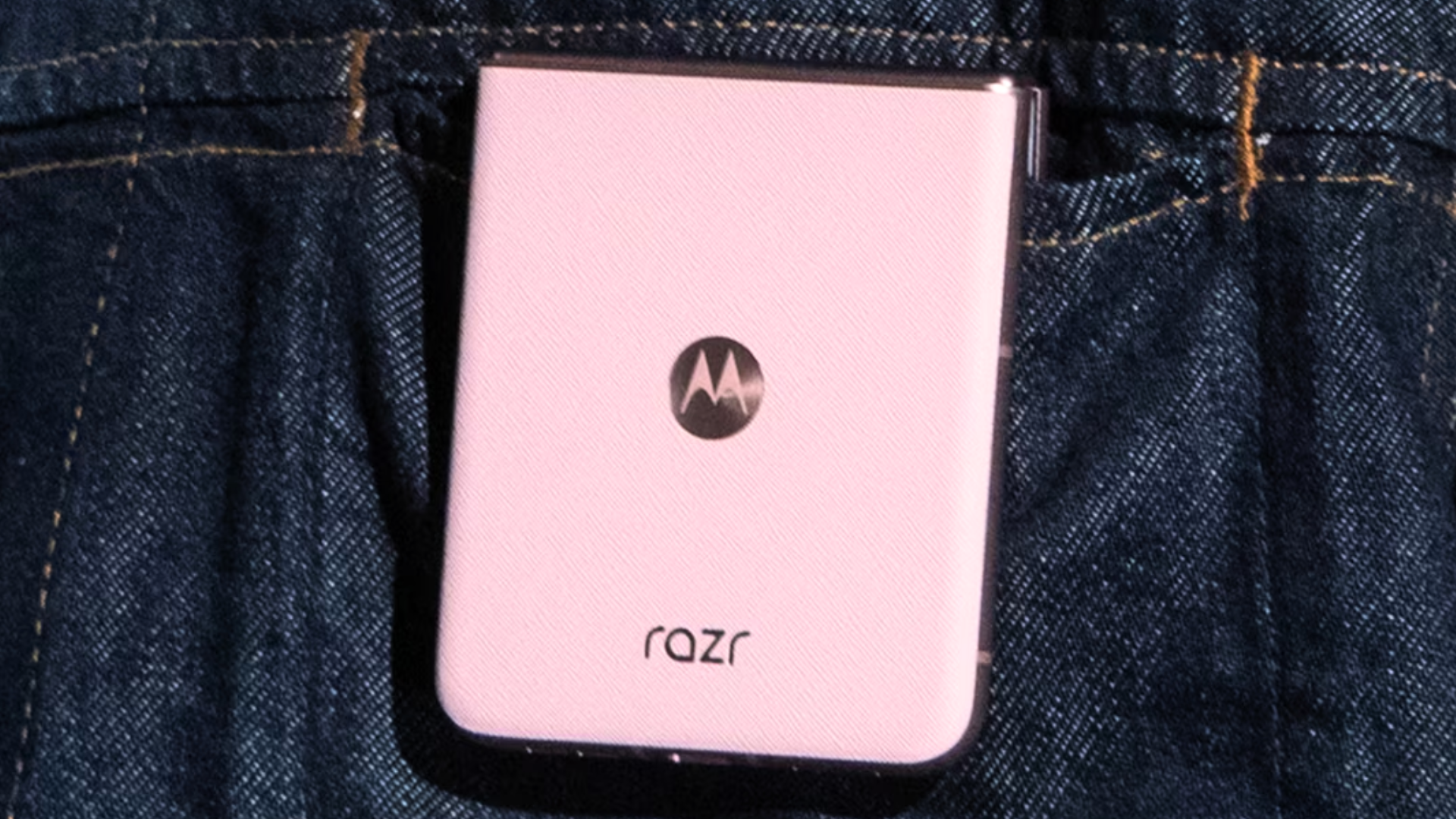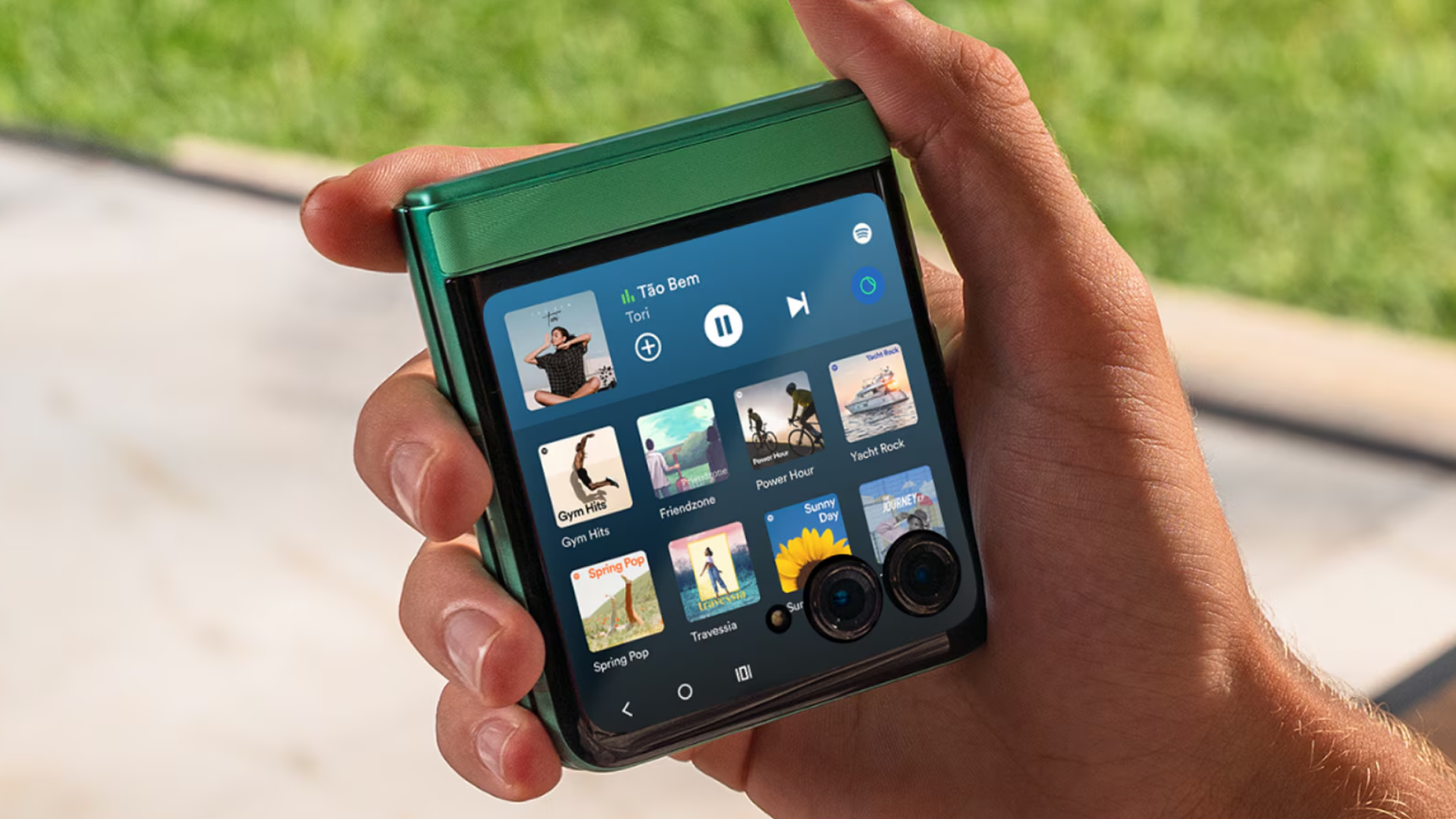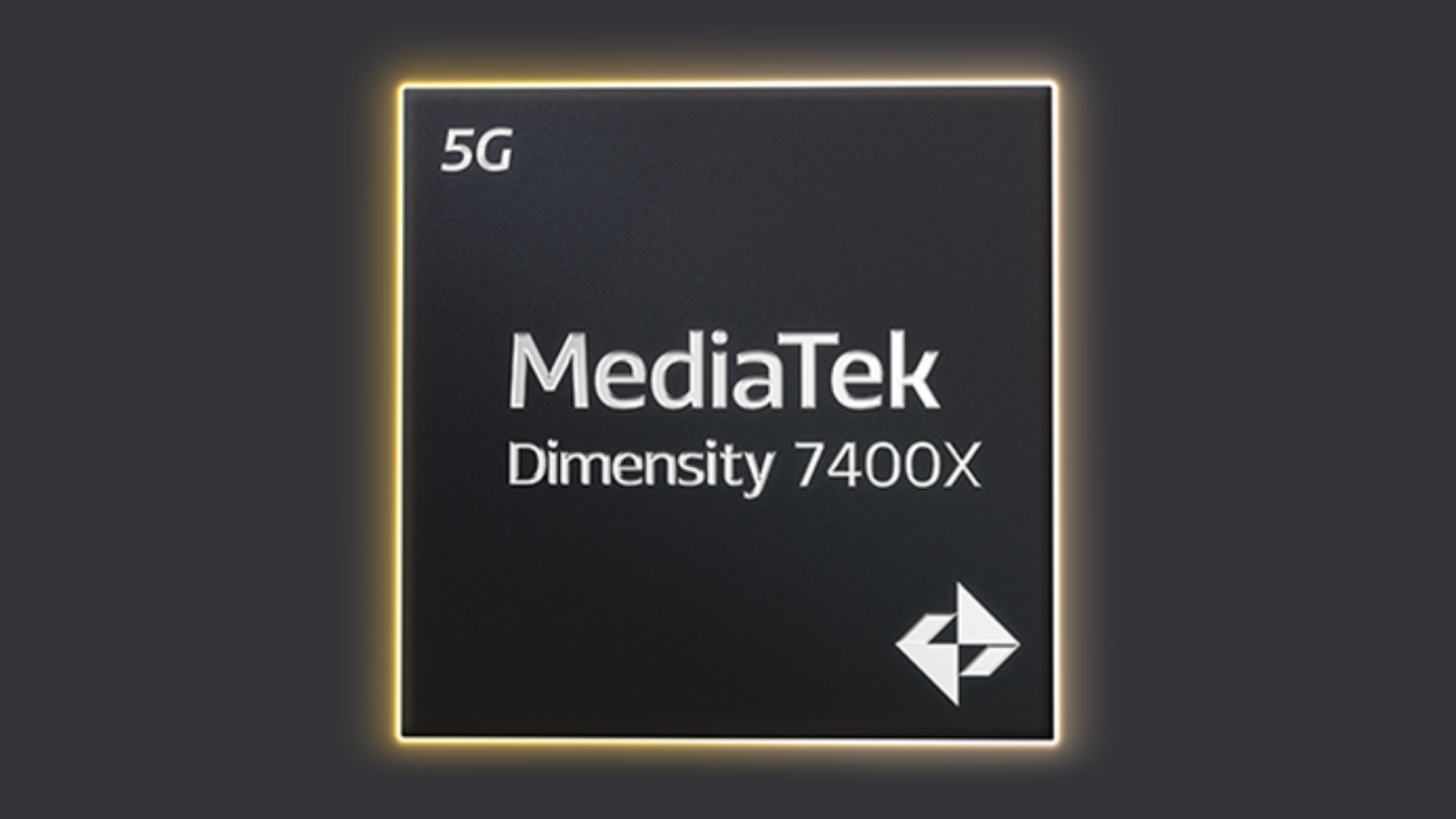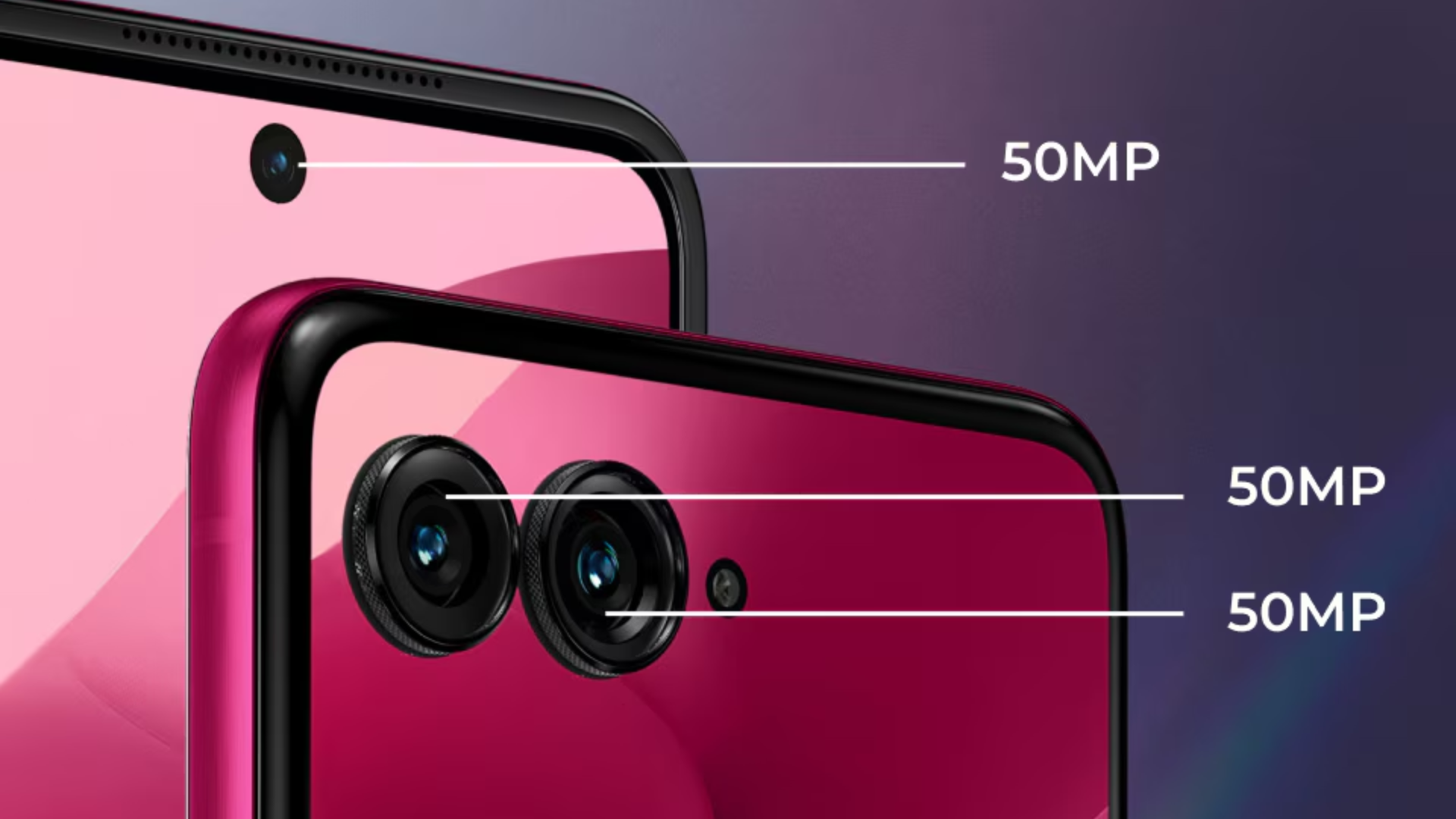Motorola’s latest Razr lineup is up for sale, but it contains three foldables, with varied prices, no less. Should you go with the most affordable Razr 2025 model? Or should you spend more on the Razr+ or the Razr Ultra? Let’s find out.
Price and Availability
The Razr 2025 (256GB) is available at $699.99, while the Razr+ (256GB) costs $999.99. Both these phones are available in one memory and storage variant only.
The Razr Ultra (512GB) costs $1,299.99. However, the company is currently offering the 1TB variant, with a retail price of $1,499.99, at $1,299.99, making it a steal of a deal for buyers with that kind of budget.
|
Razr 2025 |
Razr+ 2025 |
Razr Ultra 2025 |
|
|
256GB |
$699.99 |
$999.99 |
– |
|
512GB |
– |
– |
$1,299.99 |
|
1TB |
– |
– |
$1,499.99 |
The 2025 Razr Lineup Looks Amazing
The vanilla Razr 2025, for instance, is available in four finishes with different back panels: Gibraltar Sea (with a nylon-inspired texture), Spring Bud (a leather-inspired feel), Lightest Sky (each phone has different acetate patterns), and Parfait Pink (leather-inspired feel).
The Razr+ 2025, on the other hand, is available in three colorways: Hot Pink (velvet-like back panel), Midnight Blue (leather-inspired finish), and Mocha Mousse, which includes recycled coffee grounds applied on the back panel (so much for the love of coffee).
Last but not least, the Razr Ultra 2025, carrying the heaviest moniker of all, is available in an olive-green finish called Scarab, which includes a suede-like fancy fabric (called Alcantara) on the back. The phone is also available in Mountain Trail (with a wood grain back), Rio Red (leather-inspired back), and Cabaret (satin-like back feel).
Another visual difference between the foldables is their cover screen. While the Razr 2025 has a small cover screen, the Razr+ and the Razr Ultra have a bigger, edge-to-edge screen. Don’t worry. The baseline Razr variant encapsulates the camera sensors on its screen, and so do the other two models.
Some common design elements among all the Razr variants include an aluminum frame, a titanium-reinforced hinge, Gorilla Glass Victus front (except Gorilla Glass Ceramic on the Razr Ultra), and an IP48 dust and water resistance rating (and improvement over the last year).
While the baseline Razr 2025 weighs 188 grams, the Razr+ and Razr Ultra weigh 189 grams and 199 grams, respectively. Even though all the foldables have similar dimensions, it is the Razr+ that measures the thinnest when folded (15.32 mm).
All Razr Models Have Different Displays
The Moto Razr 2025 has a 3.6-inch 90Hz cover display with a resolution of 1056 x 1066 pixels (413 ppi) and a peak brightness of 1,700 nits. The inner screen, a 6.9-inch 120Hz AMOLED panel, has a peak brightness of 3,000 nits and a resolution of 2640 x 1080 pixels (413 ppi).
Then comes the region-specific Razr+ variant, which offers a significantly bigger 4-inch AMOLED external screen with a similar resolution, but a much higher peak brightness (2,400 nits). Though the internal screen remains identical in size (6.9 inches diagonally), it supports a refresh rate of 165Hz (and so does the cover screen).
The most expensive variant in the lineup, the Razr Ultra 2025, offers the same cover screen as the Razr+, but goes all out on the main foldable display, which measures 7.0 inches diagonally, has a higher resolution (464 ppi), and can shine as bright as 4,500 nits. The refresh rate, however, remains similar to the Razr+ (165Hz).
The vanilla Razr 2025 and the Razr+ feature Gorilla Glass Victus, while the Razr Ultra has Gorilla Glass Ceramic, which, per Corning, can survive up to 10 drops from a height of one meter (on asphalt-like surfaces), and is relatively thinner (making it suitable for foldables).
All Three Models Have Different Processors
The vanilla Razr 2025, being the most affordable in Motorola’s lineup, is powered by the MediaTek Dimensity 7400X (4nm) chipset. Released in February 2025, the mid-range chipset is a tweaked version of the Dimensity 7400 SoC with dual-display support and improved power management for foldables.
The chip comprises four 2.6 GHz performance cores (in a 4 + 4 configuration) and the Arm Mali-G615 MC2 GPU, paired with 8GB of LPDDR4X RAM and 256GB of UFS 2.2 storage (even though it is compatible with faster UFS 3.1 storage). That said, the phone shouldn’t have a hard time switching between apps in the memory and running video games on low to medium settings.
Then comes the Razr+ with its Snapdragon 8s Gen 3 (4nm) chip, which offers near-flagship performance while maintaining a relatively affordable price tag for OEMs. Announced in March 2024, the octa-core chipset consists of a 3.0 GHz prime core, four 2.8 GHz performance cores (in a 1 + 4 + 3 configuration), and the Adreno 735 GPU.
Besides a capable chipset, Motorola has equipped the Razr+ with 12GB of LPDDR5X memory and 256GB of UFS 4.0 storage, resulting in a worthwhile performance upgrade over the regular Razr 2025. To draw a direct comparison, the Razr+ scores around 90% higher on the AnTuTu 10 and GeekBench 6 benchmarks (via NanoReview).
Moreover, the Razr+ can easily handle multitasking and run video games in medium to high graphics settings. It is a bit weird that the company didn’t go with the Snapdragon 8s Gen 4 for Razr+, although it could be due to the chip’s April 2025 release; it might not have been available in time.
The third and the most expensive model in the Razr lineup, the Razr Ultra, flaunts the Snapdragon 8 Elite (3nm), which is not just the most powerful chip in the lineup, but the best mobile chip Qualcomm has in store.
Since its launch in October 2024, we’ve seen the chip on various flagships, like the Galaxy S25 series, the OnePlus 13, and the Xiaomi 15. The system-on-chip contains two 4.32 GHz prime cores, six 3.53 GHz performance cores, and the Adreno 835 GPU, combined with 16GB of LPDDR5X memory and 512GB or 1TB of UFS 4.0 storage.
However, due to its foldable design, which usually doesn’t leave much room for an intricate heat dissipation mechanism, the Razr Ultra reportedly struggles with throttling, resulting in lower benchmark scores than regular phones with the Snapdragon 8 Elite processor.
Are Three Years of Operating System Updates Enough?
All the variants in Motorola’s 2025 Razr lineup ship with Hello UI (based on Android 15) out of the box. Further, the company has promised to provide three years of operating system updates and one additional year of security fixes, but is that enough in 2025?
If you look at it in isolation, three years of Android updates are pretty good. Having access to the latest software features for the longest time might not matter to everyone (especially if you’re not an enthusiast). However, compared to Samsung’s latest flip-style foldable that offers seven years of software updates from launch, the Razr 2025 models start to appear short.
So, the answer to the question is that it depends on you. It shouldn’t matter to you if you upgrade your phone every two to three years, regardless of the duration of the software support. On the other hand, those who prioritize longevity might want to consider the Galaxy Z Flip 6 (or the book-style foldables from the likes of Samsung or Google).
Coming back to the operating system, Motorola’s Hello UI is as close to stock Android as a custom user interface can get (with meaningful additions like the Moto Gestures). It also offers many AI-based capabilities, the main highlight of which is the Moto AI assistant, which combines tools from Microsoft Copilot, Llama AI, Perplexity, and Google Gemini to perform tasks like notification summarization, text processing, and image creation.
Like the Galaxy S25 series, the Moto Razr 2025 lineup can also recognize the content on the screen and answer questions about it. Some notable features include Remember This, which lets you save the on-screen information and view it later, Pay Attention, which is essentially an audio recorder/transcriber, and Catch Me Up, which uses the advanced text-processing models to summarize notifications from apps like WhatsApp and Messenger.
50MP Primary Camera Is Common Across All Razr Models
The entry-level Razr 2025 has a 50MP (f/1.7, 1/1.95″) primary camera with optical image stabilization and a 13MP (f/2.2) ultrawide sensor with autofocus, which gives it the ability to capture macro images. On the inner screen, the foldable houses a 32MP (f/2.4) selfie shooter. Regarding video, all the sensors max out at 4K 30 fps.
The Razr+ offers the same 50MP (f/1.7, 1/1.95″) primary sensor, but instead of the ultra-wide sensor, it sports a 50MP (f/2.0) secondary sensor with a 2x optical zoom lens. The selfie camera in the inner screen remains the same 32MP (f/2.4) sensor, though. And yes, the Razr+ can shoot 4K videos in 60 fps.
The Razr Ultra has a slightly different primary sensor. It still has a 50MP (f/1.8) resolution, but it’s bigger (1/1.56″), which, in theory, should result in better low-light pictures and more evident background blur. For some odd reason, the Razr Ultra ditches the zoom camera on the Razr+ in favor of a 50MP (f/2.0) ultrawide sensor, which can capture macro photos.
The foldable screen houses a 50MP (f/2.0) selfie shooter (the highest resolution on the lineup). Interestingly, the Razr Ultra’s primary camera can record 8K 30 fps videos, while all the other sensors are capped at 4K 60 fps.
Besides sensors, all the phones come with Google’s AI editing features, like Magic Editor, Magic Eraser, Photo Unblur, and so on. While the Razr Ultra has the best set of cameras, I’d pick the Razr+ over the Ultra, primarily due to my inclination toward telephoto photography and how the zoom lens helps capture better-looking portraits.
The Razr and Razr Ultra Improve Their Battery Life
Despite being the baseline variant, the Razr 2025 featured a 4,500 mAh Si/C battery (larger than the Galaxy Z Flip 6) with 30W wired and 15W wireless charging support. Most reviews I’ve read suggest that the phone outperforms its predecessor, easily lasting a day of regular use.
Contrary to the prevalent pattern, the Razr+ has a smaller 4,000 mAh battery, albeit with 45W wired and 15W wireless charging support. Given that its chipset is more powerful and has a bigger cover screen, I’d expect nothing extraordinary from its battery life.
Then comes the Razr Ultra with its 4,700 mAh battery, the largest in the lineup. It also supports 68W wired and 30W wireless charging, making it the fastest to charge up to 100% in the pack. According to Tom’s Guide review, the Razr Ultra features the “longest-lasting battery in a foldable.”
Which One Should You Get?
Well, if you’ve made it this far, you really want to buy a Moto Razr, but exactly which one should you get?
If you’re getting your first flip-style foldable and don’t want to spend a lot, you should pick the vanilla Razr 2025. It will help you determine whether the form factor is right for you, whether you can maneuver it comfortably, and if it suits your usage style. Don’t expect much out of it in terms of performance, though. The Razr 2025 can also be your perfect secondary smartphone.
If you’ve already used a flip-style foldable in the past, or you own one right now, choose between the Razr+ or the Razr Ultra based on your budget and what upgrades the handsets offer. While the Razr+ strikes the right balance between performance and affordability, the Razr Ultra offers top-tier performance, more storage, and a longer-lasting battery.
Here are 10 things you should know before buying a foldable phone. Confused about which foldable is right for you? Here’s a detailed guide for you.
















